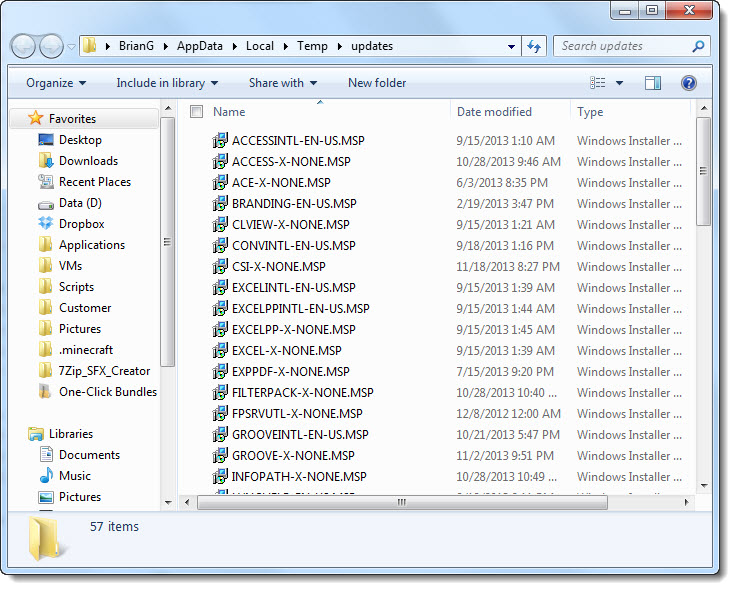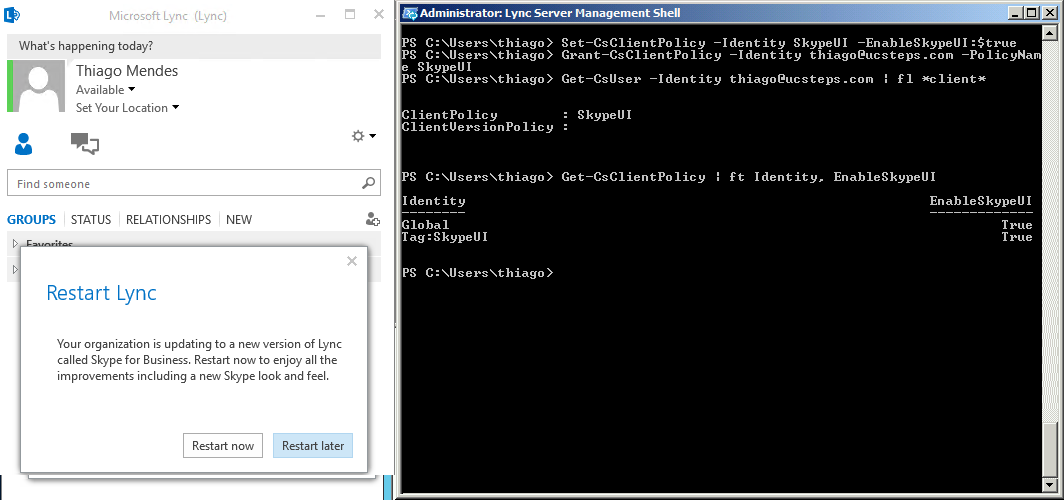

- #Microsoft lync 2013 update how to
- #Microsoft lync 2013 update software

\OCSTracer.exe stop /* run it and bext after test call is done \OCSTracer.exe start /Component:S4 /*run it before the test call to Exchange Auto Attendant’ When Exchange 2013 AA is not able to connect to a extension, the common trace tool in Exchange server is Ocstracer.exe under “C:\Program Files\Microsoft UCMA 4.0\Runtime\Tracing”Ĭd “C:\Program Files\Microsoft UCMA 4.0\Runtime\Tracing”
Both UM and AA access number works (At least you can hear default greeting from Exchange). No need to set up any PSTN gateway in Exchange (You still can). PSTN Gateway interconnection with Lync. Server-to-Server trusted between Exchange and Lync. Exchange cannot connect to extension (no matter Lync client or phone) after caller enters extension or person’s name.Īs long as we have deployed UM and AA by having donesuccessfully following, the most cost common problem is ‘REFER Support’ option. Both of them are equipped with Microsoft text-to-speech which listens to caller and asks for users caller looks for, reads email or person’s name to a user who like to call UM and listen missed call or email.Īs I searched from online, many people experienced connection problem of either UM or AA to extension or from extension.įor example, Lync client 2013 is not able to connect to UM by holding 1. After the message plays, callers are forwarded to the receptionist or operator, or they can return to the main menu.Įxchange 2013 has 2 different kind of applications working with Lync 2013 together, Unified Messaging (UM) and Auto Attendant (AA). Some auto attendant systems use message-only information menus and voice menus so an organization can provide business hours, directions to the premises, information about job opportunities, and answers to other frequently asked questions. In many auto attendant systems, a receptionist or operator can be reached by pressing or saying zero. The company is far from done - Microsoft has already disclosed what’s in the pipeline for the next few months: enterprise voice and new devices for meetings.In telephony or Unified Messaging environments, an automated attendant or auto attendant menu system transfers callers to the extension of a user or department without the intervention of a receptionist or an operator. Now Microsoft has delivered, after releasing a technical preview in March. The company promised Skype for Business would remain an Office 365 service when it launched sometime “in the first half of 2015.” Skype for Business is essentially Skype with Lync’s enterprise security, compliance, and control features.īack in November, Microsoft announced it would be replacing its enterprise-focused instant messaging app Lync with a new Skype for Business tool. Microsoft says transferring a call now takes only one touch or click instead of three (why this could only be done as part of a rebrand is beyond us).īecause Skype for Business is built right into Office, features like presence, IM, online meetings, and voice and video calls are all integrated into the company’s productivity apps. Skype for Business builds on all of the capabilities of Lync, including content sharing and telephony. #Microsoft lync 2013 update software
Microsoft Lync, formerly known as Microsoft Office Communicator, uses Microsoft Lync Server, the software infrastructure for enterprise instant messaging, presence, VoIP, conferencing, and so on.
#Microsoft lync 2013 update how to
Details on how to switch to Lync mode are available on Microsoft’s TechNet and Office Support pages.

If this sounds like it’s a little too fast for your business, don’t worry Microsoft will be offering the ability for administrators to switch between Skype for Business and the traditional Lync user interface.







 0 kommentar(er)
0 kommentar(er)
